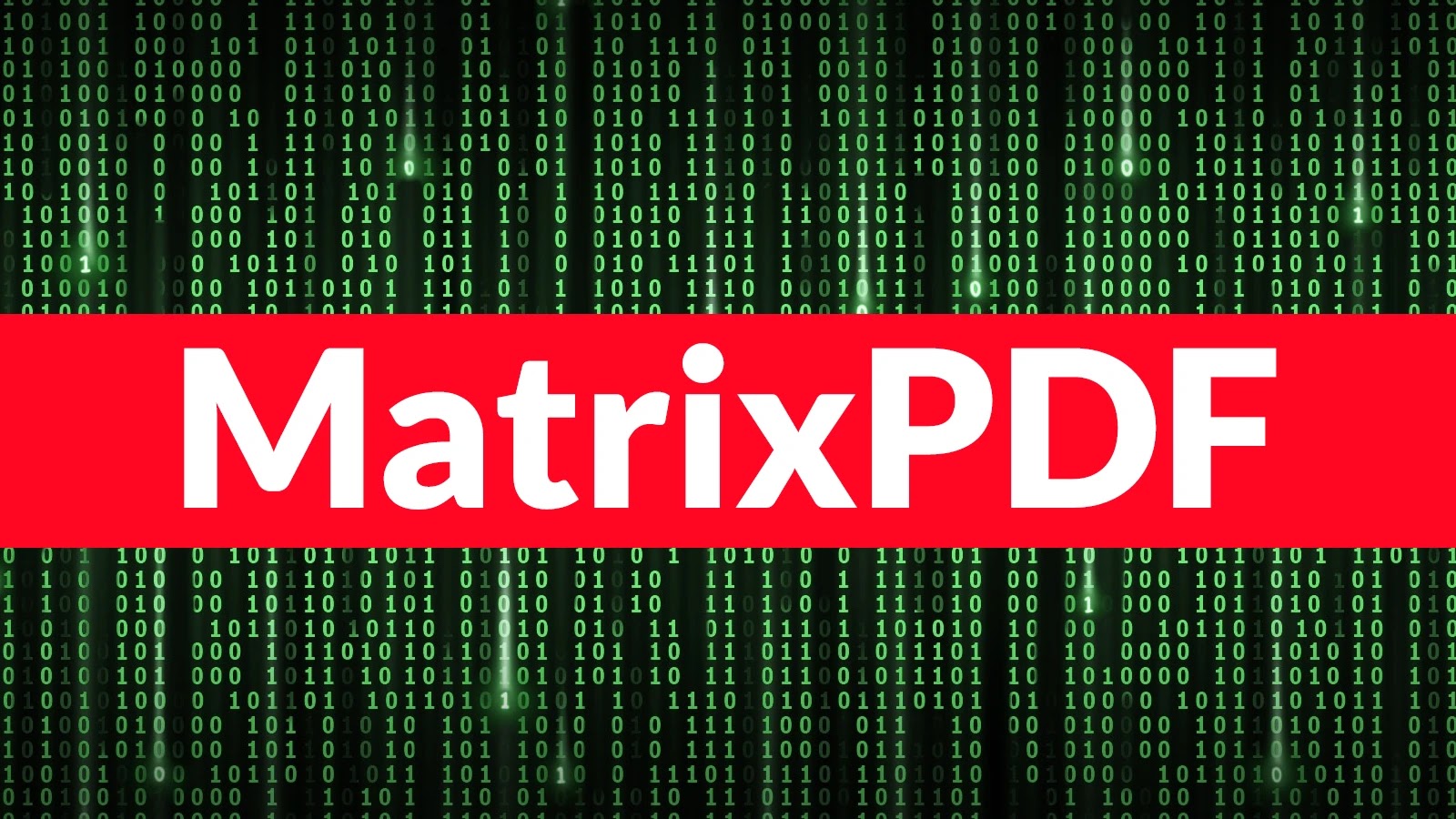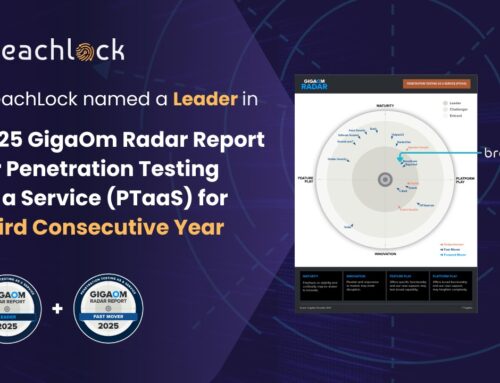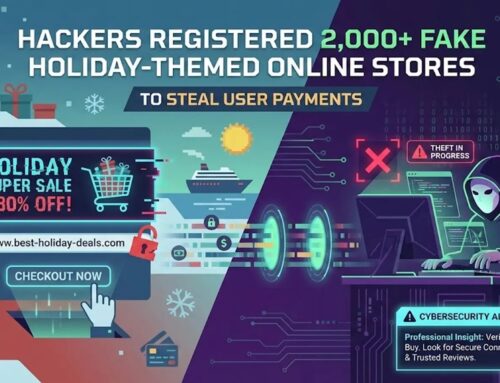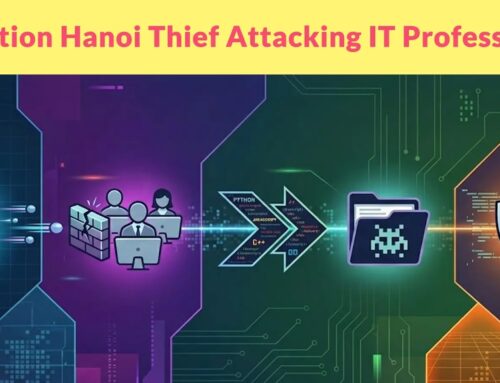
MatrixPDF Attacks Gmail Users Bypassing Email Filters and Fetch Malicious Payload
Unmasking MatrixPDF: A New Threat Bypassing Gmail Filters
A sophisticated malware campaign, dubbed “MatrixPDF,” has recently emerged, effectively targeting Gmail users and circumventing traditional email security measures. Active since mid-September 2025, this campaign leverages meticulously crafted PDF attachments to initiate a stealthy infection chain, ultimately leading to sensitive data exfiltration and the delivery of additional malicious payloads. This development highlights a critical evolution in phishing tactics and demands immediate attention from cybersecurity professionals and general users alike.
Understanding the MatrixPDF Attack Vector
The core of the MatrixPDF attack lies in its ability to bypass established spam and phishing filters, a significant challenge for email security solutions. Attackers are employing advanced techniques to obscure the malicious nature of the PDF attachments, making them appear legitimate to both automated systems and unsuspecting users. Once a user opens one of these deceptive PDFs, the infection process begins.
- Evasion Techniques: MatrixPDF utilizes various obfuscation methods within the PDF structure itself, making static and dynamic analysis by email gateways difficult. This allows the malicious files to reach the user’s inbox unflagged.
- Initial Infection Chain: Unlike simple phishing attachments that directly execute malware, MatrixPDF initiates a multi-stage infection. This often involves embedding malicious scripts or specially crafted links within the PDF that, when interacted with, download subsequent stages of the malware.
- Payload Delivery: The ultimate goal of MatrixPDF is to deliver a diverse range of payloads. While specific payload details are still emerging, the campaign is designed for information exfiltration, meaning it aims to steal credentials, financial data, and other sensitive personal or corporate information. Additionally, the ability to “fetch additional payloads” suggests a dynamic threat capable of evolving its attack capabilities.
The Anatomy of a MatrixPDF Payload
While precise details of the MatrixPDF payload’s inner workings are still under analysis, the observed behavior points to a modular and adaptable approach. The initial PDF acts as a dropper or loader, designed to establish a foothold and then retrieve further malicious components from command-and-control (C2) servers. This modularity makes it more difficult for security researchers to fully understand and neutralize the threat in its entirety, as new modules can be deployed quickly.
The referenced article strongly suggests that the primary objective is data exfiltration. This could involve:
- Credential Harvesting: Targeting login information for various online services, including banking, social media, and corporate accounts.
- Financial Data Theft: Accessing credit card details, bank account numbers, and other sensitive financial information.
- Corporate Espionage: Exfiltrating proprietary data, intellectual property, and internal communications from compromised corporate accounts.
Remediation Actions and Proactive Defense
Mitigating the threat posed by MatrixPDF requires a multi-layered approach, combining technological controls with user education. Here are key remediation actions:
- Advanced Email Security Gateways: Implement and configure advanced email security solutions that go beyond basic spam filtering. These solutions should incorporate sandbox analysis, URL rewriting, and attachment sandboxing to detect and neutralize sophisticated PDF-based threats.
- User Awareness Training: Conduct regular and mandatory cybersecurity awareness training for all users. Emphasize the dangers of opening unsolicited attachments, especially PDFs, and teach them how to identify suspicious emails (e.g., unusual sender addresses, grammatical errors, urgent language).
- Endpoint Detection and Response (EDR): Deploy EDR solutions on all workstations and servers. EDR tools can detect anomalous behavior post-infection, even if the initial email bypasses filters, and can help contain the spread of malware.
- Regular Software Updates: Ensure all operating systems, web browsers, and PDF readers are kept up-to-date with the latest security patches. Many vulnerabilities exploited by malware are patched in these updates.
- Multi-Factor Authentication (MFA): Enforce MFA for all critical accounts (email, VPN, corporate applications). Even if credentials are stolen, MFA acts as a significant barrier against unauthorized access.
- Network Segmentation: Implement network segmentation to limit the lateral movement of malware within an organization in case of a breach.
- Incident Response Plan: Have a well-documented and regularly tested incident response plan in place to quickly detect, contain, eradicate, and recover from security incidents.
Relevant Tools for Detection and Mitigation
| Tool Name | Purpose | Link |
|---|---|---|
| Proofpoint Email Protection | Advanced email security, threat detection, and email authentication. | Proofpoint |
| Cisco Secure Email | Comprehensive email threat defense, including anti-malware and sandboxing. | Cisco Secure Email |
| Microsoft Defender for Office 365 | Integrated threat protection for email and collaboration tools within Office 365. | Microsoft Defender |
| CrowdStrike Falcon Insight XDR | Endpoint detection and response for continuous threat monitoring and incident response. | CrowdStrike |
| Mandiant Advantage Threat Intelligence | Provides actionable threat intelligence to understand attacker tactics and techniques. | Mandiant Advantage |
Looking Ahead: The Evolving Threat Landscape
The MatrixPDF campaign serves as a stark reminder that cyber adversaries are constantly innovating their attack methodologies. The ability to bypass sophisticated email filters with seemingly innocuous PDF attachments represents a significant challenge for existing security frameworks. Organizations and individuals must remain vigilant, prioritize continuous security education, and invest in advanced security solutions to stay ahead of these evolving threats.
While a specific CVE number for MatrixPDF has not yet been assigned or publicly disclosed, the attack highlights vulnerabilities in email filtering technologies and user susceptibility to social engineering. We encourage security professionals to monitor emerging threat intelligence feeds for any assigned identifiers. For more information on general PDF vulnerabilities, you can consult the CVE database (replace XXXXX with relevant year and number as they become available for specific vulnerabilities).





